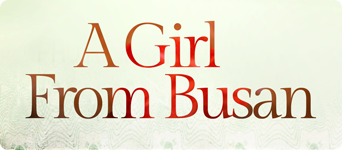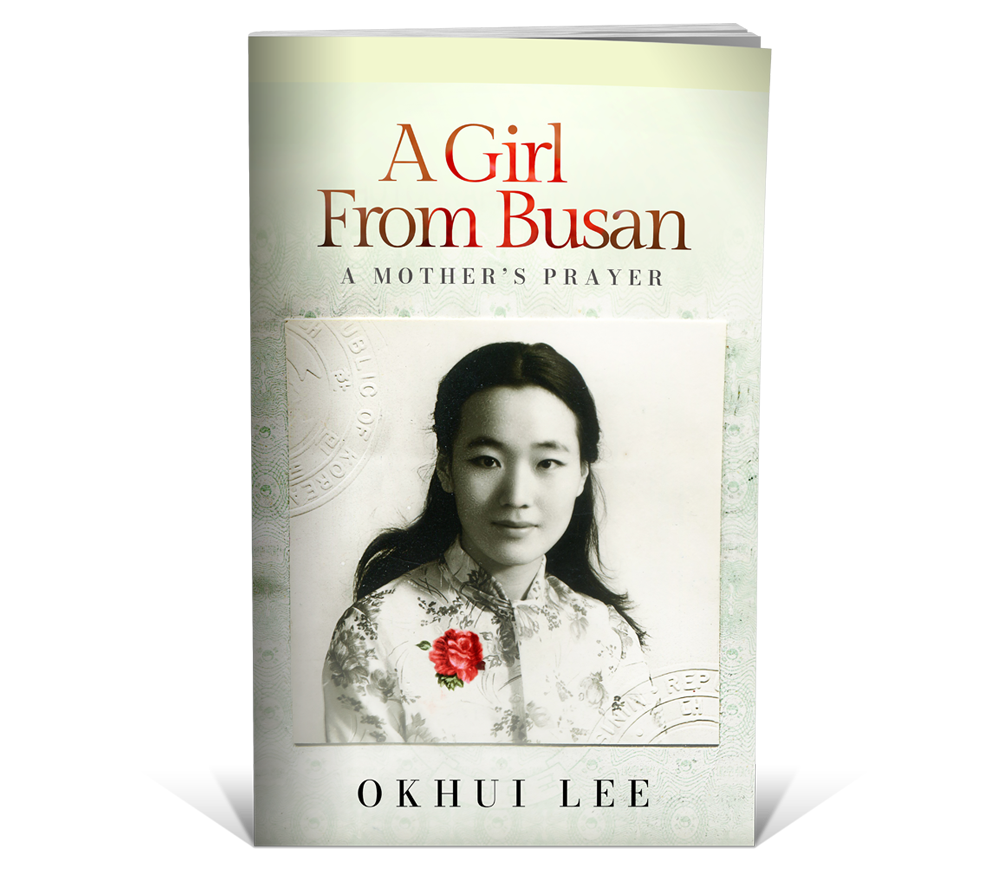
“…Fortunately, my great-grandparents knew a family by the name of Mun who had recently relocated to Japan, a wealthy ruling family of higher status. This meant they were yangban— Korean nobility…” – Okhui Lee – A Girl From Busan.
While on the journey home, a brave Korean politician by the name of Mun Ik-Jeom revolutionized agriculture in Korea and brought success to his family. He smuggled ten cotton seeds in the hollow of a brush and introduced them to his father-in-law. Together, they planted the smuggled cotton seeds and brought a new and warmer fabric to the people of Korea, changing the textile industry forever and boosting the economy. His service to his people was praised and revered, so much so that King Sejong appointed Mun Ik-Jeom as his prime minister forty-two years after his death.
Mun Ik-Jeom’s descendants eventually settled in the Inhyong Village in Daegu, South Korea. The 18th-generation grandson of Mun Ik-Jeom, Moon Gyeong-Ho, created the plan for the village’s design. The town has an old tree named “Moon Gyeong-Ho Tree” in honor of the village’s founder.
The village was built on the old site of the Inheungsa Temple and now holds roughly seventy buildings, many of which are still used to this day. The main building, called Subongjeonsa, was used for family gatherings and greeting guests. It has beautiful gardens and stone walls. Another building within the building is the Gwanggeodang Hall, built to be a place for studying and education. The building used for ancestry services is called Yonghojae, while the storage building, which holds roughly 10,000 books and treasures, is called the Insumungo Storage Building.
Visitors to this historic village can book tours and see the beauty of Inhyong Village in Daegu, South Korea.
“…The Nampyeong Moon family property in Inhyong Village has since become a historical landmark and a popular tourist attraction in Daegu, South Korea. At the time of our immigration, the Americans spelled our family name as “Mun” instead of Moon…” – Okhui Lee – A Girl from Busan.





